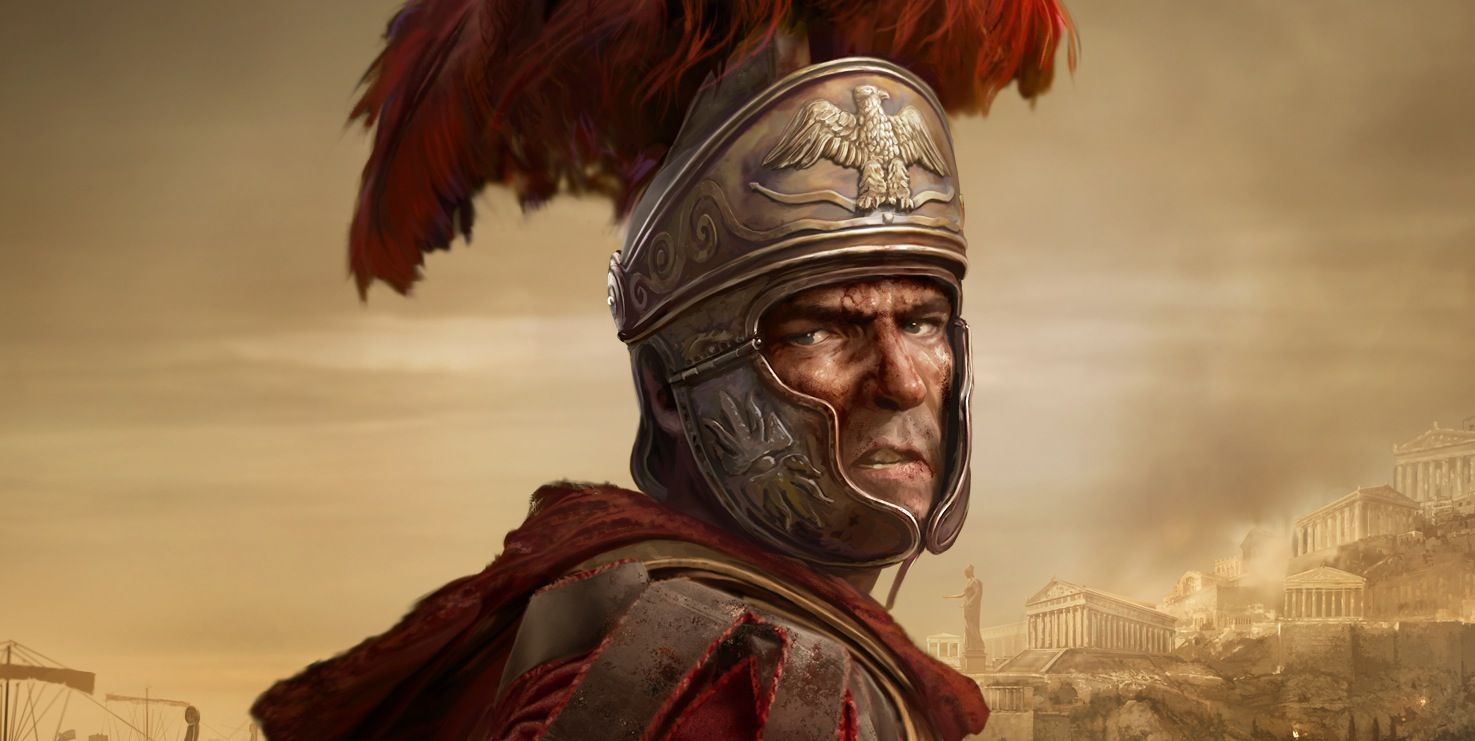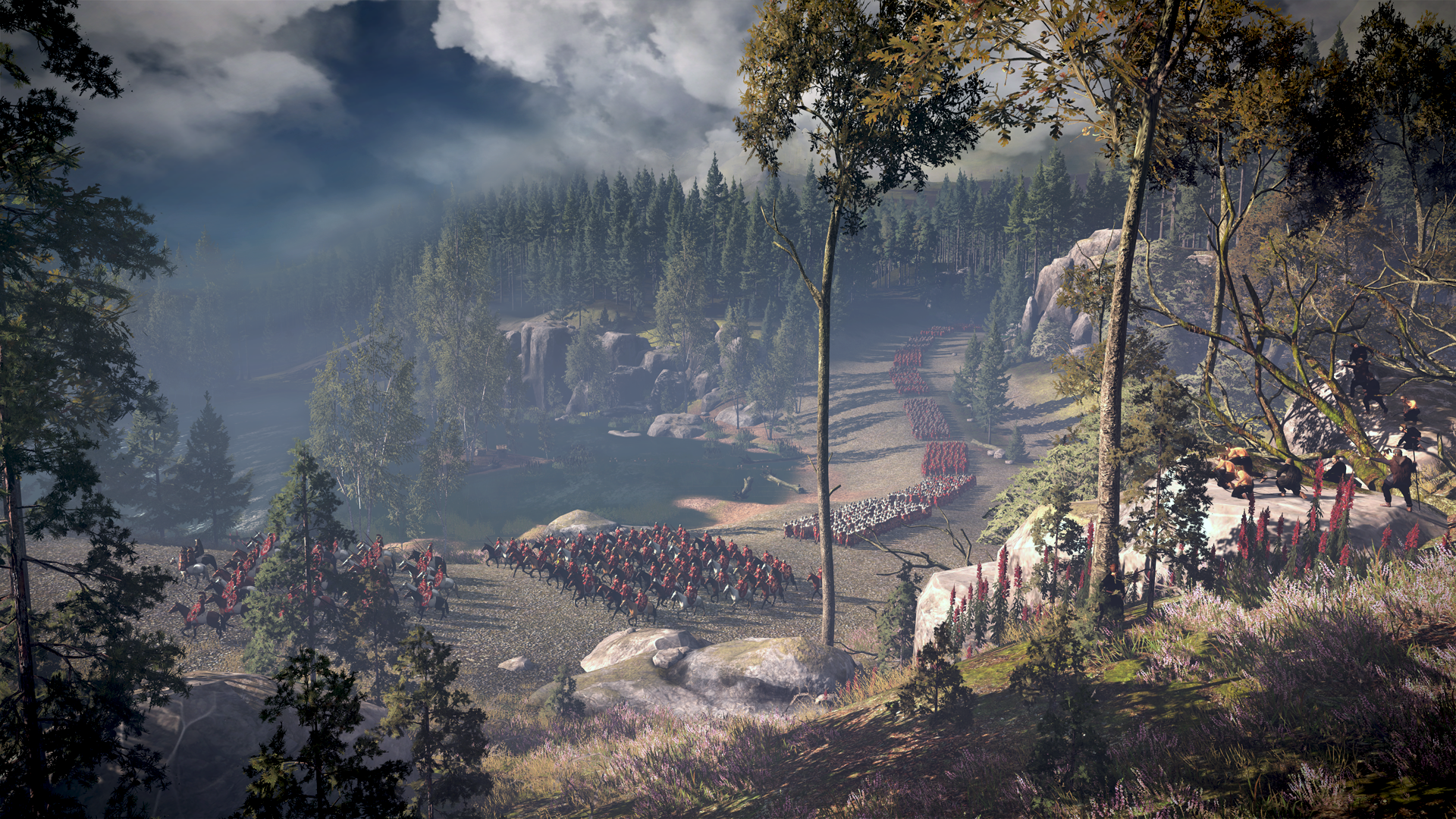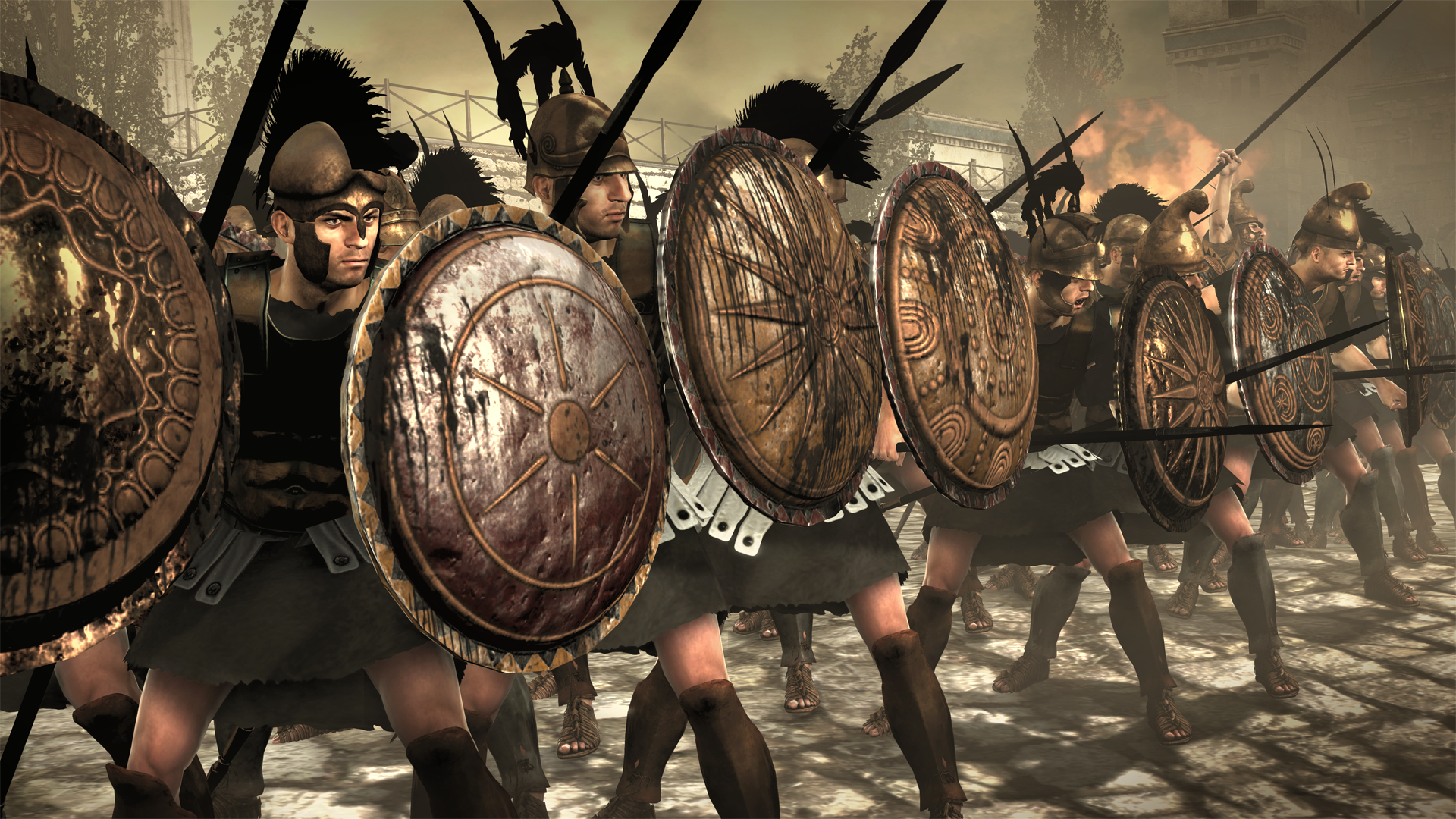There’s been quite a hubbub since the release of Rome II, stemming from issues that should have been resolved before release (and still haven't been, like the fast forward button not working in battles). Creative Assembly has been vocal about their awareness of these issues and has already released two patches to deal with them. I personally haven’t experienced many of these glitches during my time playing, except the unresolved fast forward button issue previously described. I also had issues with the installation (which as far as I can tell was Steam’s fault, not theirs) and occasional inability to start the game without rebooting my computer. As a software developer myself, I try to be patient with these things and understand that the more ambitions you have, the more little bugs that are going to crop up; I try to recognize the difference between shoddy workmanship and something spectacular and new that needs an additional week (or two?) of large scale testing and has a dedicated staff working hard to resolve the issues.
Now that we’ve gotten that out of the way, let’s talk about the spectacularly beautiful, entertaining and engaging game that is Total War: Rome II. I’d had a chance to peruse the differences between this game and Shogun II and it was quite an ambitious list of changes reflecting their brand new engine, which we will discuss momentarily. For those of you who haven’t played Shogun II, imagine Rome: Total War with better graphics, a tech tree and guns. The biggest and most important change between this game and all the previous titles is the multi-city province. Instead of clicking the next city button twenty times to manage your economy, you now need only click the next province button six times to manage your provinces, each containing two to four cities, which saves a lot of time and effort and puts more information on the screen at one time, which is very helpful in decision making and feels far less like micromanagement while maintaining your level of control.
Happiness, culture and military production now function at the province level, again, reducing clicks and micromanagement. This can feel almost limiting at first (in a, “I control so many cities, why are my turns so quick and efficient?” sort of way), but once your empire expands, the game doesn’t drag on and become mostly tedious micromanagement of numerous cities as it did in previous iterations. Speaking of reducing micromanagement, Rome II features a new army system where units can’t just float around on their own and be placed in cities to increase public order. Units must now be recruited directly into an army, based on the military production buildings in that province. You are limited to a fixed number of armies based on the size of your empire. This means that the garrisons from your buildings become much more important in the defense of your cities and can, in a lot of cases, defeat the armies which attack them.
There are some people who aren’t going to like the naval combat. It’s trireme warfare, which means your men can either ram the enemy ship, shoot at them with archers and siege weapons or board their ships with troops. This makes for naval battles that look like brawls, with ships all over the place taking casualties in some manner or another and abandoning ships as they sink. It’s highly realistic and fun once you get the hang of it, but it’s quite a change from the large cannon filled galleons of Empire. The combined army/navy assaults of cities are epic in scope and allow for quite a bit of variety in how the battles are fought, especially when one side is superior on land and the other at sea.
The campaigns now have a more focused objective system, with sub objectives that provide direction and historical context for your actions. The game still more or less sets you loose to explore and conquer after a point, but you still have a good list of suggested actions and bonuses if these conditions hold when you move into the next period. This makes the game feel a little more like Napoleon in the sense that you know what you’re supposed to be doing without compromising the sandbox nature at the heart of the game.
Closing Comments:
Armed with a new engine, Rome II looks great, plays smoothly, and will be a challenge to both veterans and novices. One of the most immersive strategy games available, you can easily get swept up in the narrative you write for yourself, scrawled in the blood of barbarians from one side of Europe to the other, experiencing triumph and disaster as you seek to reenact one of history’s greatest stories. The graphics are a real treat from the realistic battlefields to the somewhat cartoonish yet engaging campaign map, while the new cinematic mode lets you experience the sights and sounds of the massive battles you command from the perspective of the individual soldier. Furthermore, the fact that it’s firmly rooted in history and military strategy means that it is downright educational so you won’t feel bad about playing it for hours on end or if your child is doing the same. I wish I could give it a perfect score, but I can’t do that until all the buttons work.



